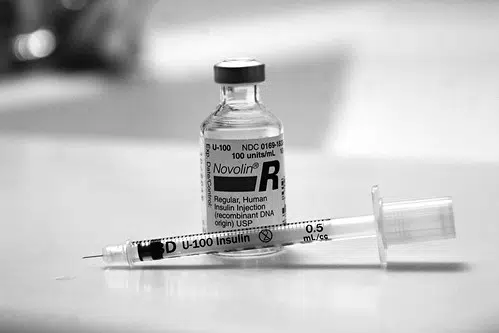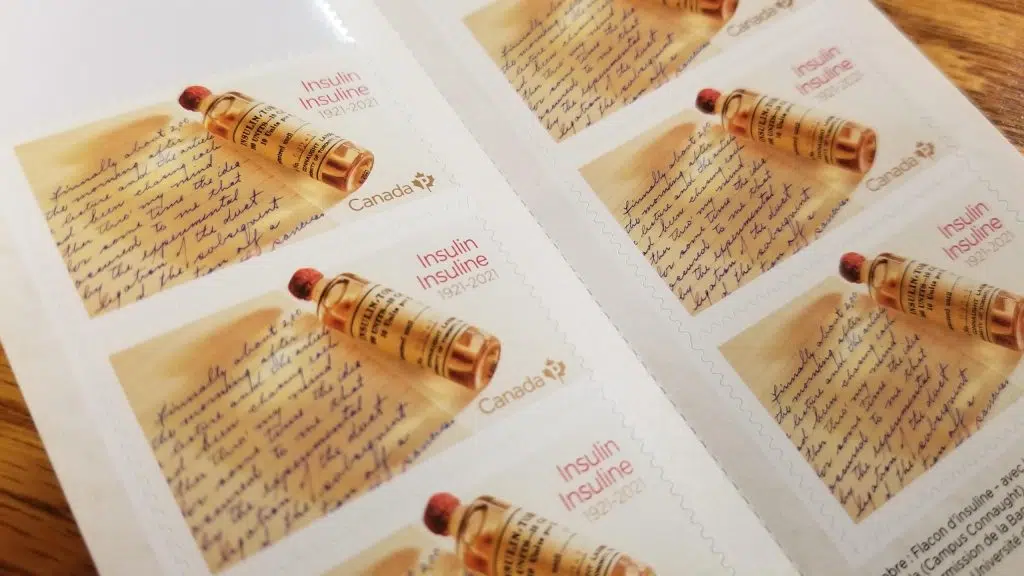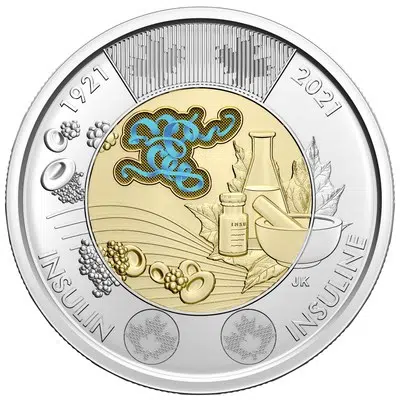Diabetes Canada is looking to the future as it marks the 100th anniversary of the discovery of insulin.
In 1921, researchers Sir Frederick G. Banting, Charles H. Best, and supervisor J. J. R. Macleod isolated insulin at the University of Toronto. James B. Collip is credited with purifying it.
President and CEO Laura Syron explains that since then, it’s saved the lives of hundreds of thousands of people with diabetes, but the disease is still the leading cause of things like heart attacks and blindness.
“We’re hoping to use the 100th anniversary to ignite a national conversation around, what do we have to do for the next 100 years to find a way to end diabetes?” Syron says.
She points out an artificial pancreas is in development that would automatically adjust insulin levels in patients with type-1 diabetes, who she says “never [get] a break” from managing the disease.
Syron says last year, researchers at the University of Alberta also found a way to cure the disease in mice using stem cells.
“It’s only a very first step, it’s not yet in humans, but this idea that we could use stem cells to re-program the body and teach your body to be able to manage its insulin” offers “much better ways to manage it, but also some real hope on the horizon for how we might ultimately end it,” Syron says.
A “Flame of Hope” burns outside Frederick Banting’s house in London, Ontario where he had the idea to isolate insulin, and Syron notes that the team who finally cures diabetes will be invite to extinguish the flame.
Diabetes Canada also hopes to hold its annual conference with healthcare providers at least partly in-person this November to celebrate the anniversary.
The federal government is marking the anniversary with commemorative stamps, coins, and a Heritage Minute.









